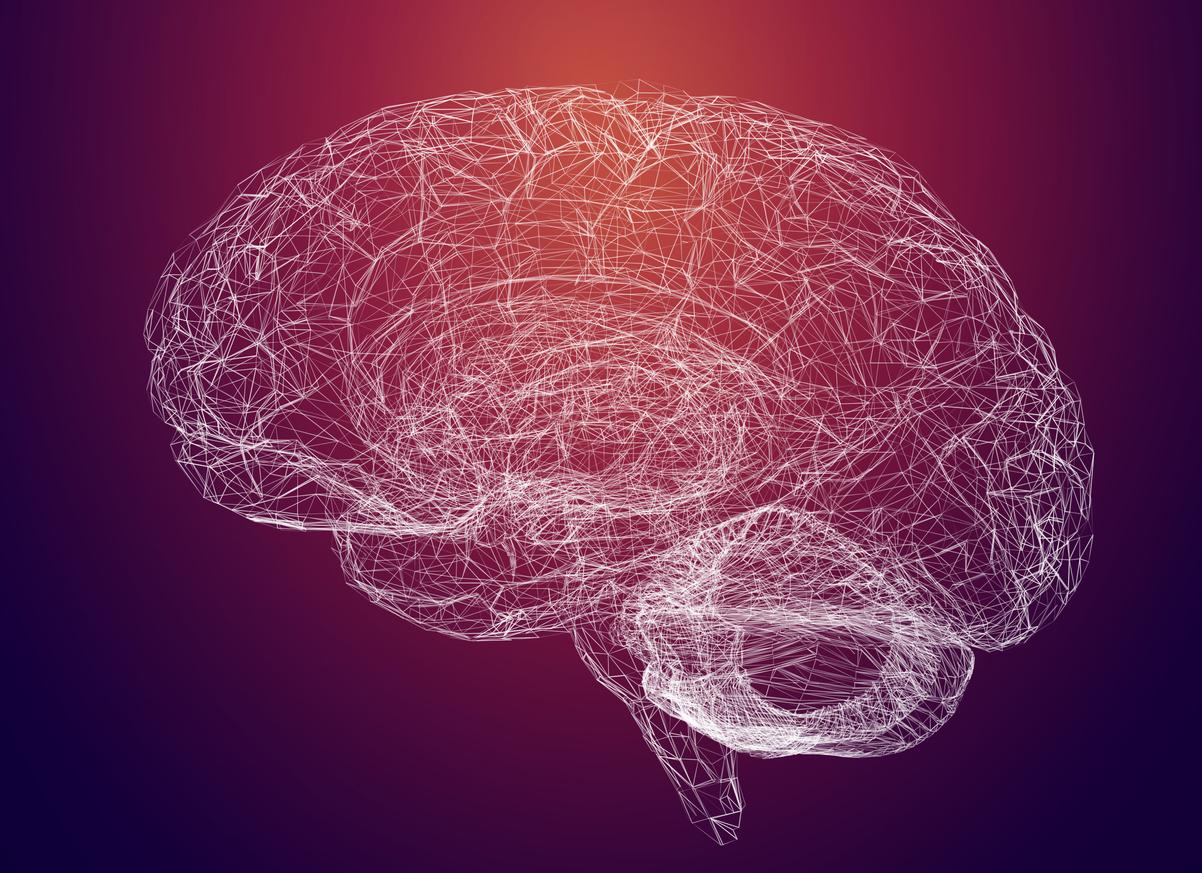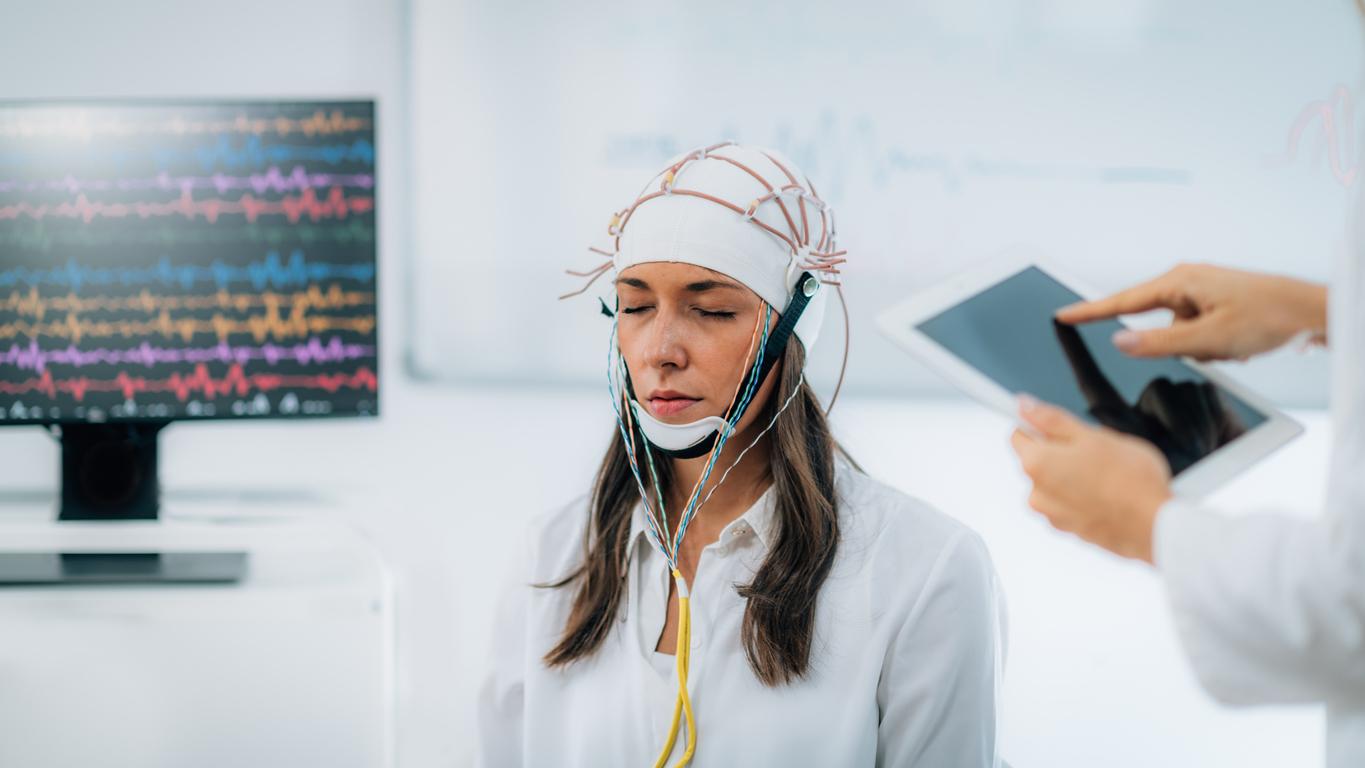Seeking to understand a side effect of deep brain stimulation in Parkinson’s patients, a University of Iowa team has discovered a link between a region of the brain and the way humans control their thoughts and their attention.

- Researchers at the University of Iowa have linked a region of the brain to the way humans redirect their thoughts and attention when distracted.
- They have, in fact, noticed that the subthalamic nucleus plays a role in the control of thoughts and attention.
- This discovery could help reduce the potential side effects of treating Parkinson’s disease with deep brain stimulation.
One possible treatment for Parkinson’s disease is deep brain stimulation of the subthalamic nucleus – the region of the brain involved in motor control.
This surgical technique, which consists of implanting electrodes to deliver electrical impulses to the target area, significantly reduces tremors. But, some patients then have difficulty concentrating their attention and controlling their impulsive thoughts. This phenomenon can sometimes lead them to adopt risky behaviors such as gambling and substance use.
In seeking to understand the origin of this side effect, researchers at the University of Iowa demonstrated that the subthalamic nucleus also plays a role in the control of attention.
Their results were detailed in the journal Brain.
The subthalamic nucleus does not only control muscles
To discover the exact origin of the side effect, the team designed an experiment assessing the attention of more than a dozen Parkinson’s patients treated with deep brain stimulation. The volunteers had to fix their attention on a computer screen while brain waves in their visual cortex were monitored. About one in five times, in random order, participants heard a chirping sound intended to distract their attention from the monitor.
When the deep brain stimulation was inactive and the chirp sounded, the patients shifted their attention from the visual system to the noise, just like the control group who did not have an electrode in their subthalamic nucleus. On the other hand, when the device was activated, the visual attention of volunteers with Parkinson’s remained fixed on the screen.
“We found that they can no longer interrupt or suppress their attention in the same way,” explains Jan Wessel, the corresponding author of the study. “The unexpected sound occurs and they are still fully attentive to their visual system. They have not diverted their attention from the visual.”
For researchers, this confirms the role of the subthalamic nucleus in how the brain and body communicate not only with the motor system, as previously known, but also with thoughts and attention.

Parkinson’s: reducing the side effects of deep brain stimulation
“Until now, it was not really clear why people with Parkinson’s disease had cognitive problems, for example why they performed worse on attention tests”explains Jan Wessel in a communicated. “Our study explains why: although removing the inhibitory influence of the subthalamic nucleus on the motor system is useful in the treatment of Parkinson’s disease, removing its inhibitory influence on non-motor systems (such as thoughts or attention) may have undesirable effects.”
For Professor Wessel, the results do not call into question the benefits and usefulness of deep brain stimulation in the treatment of Parkinson’s disease. However, they call for additional research to obtain finer targeting of the areas of the subthalamic nucleus that manage the motor system.
“There may be different areas of the subthalamic nucleus that shut down the motor system and the attentional system.”he said. “That’s why we’re doing fundamental research, to figure out how to fine-tune them to get the full benefit for the motor system without generating potential side effects.”

















